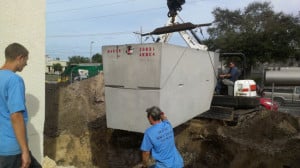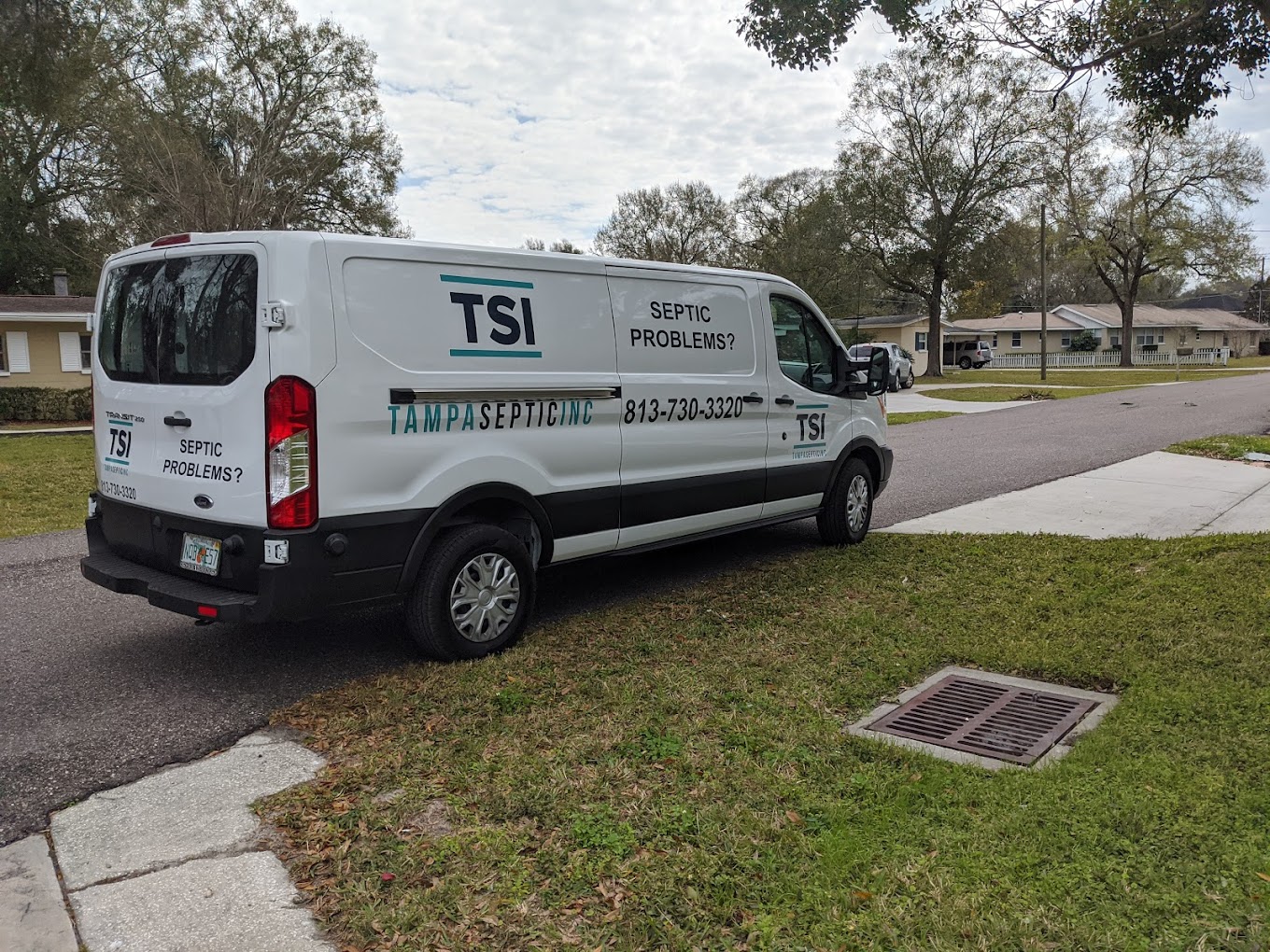 Residential septic tank installations comprise of two main elements – a tank and a drain field. In most cases, wastewater from your home travels to the tank by gravity. The primary purpose of the tank is to retain the water for a couple of days. During this time, grease, solids and floating debris are separated. Bacteria inside the tank immediately begin to attack and break down the waste.
Residential septic tank installations comprise of two main elements – a tank and a drain field. In most cases, wastewater from your home travels to the tank by gravity. The primary purpose of the tank is to retain the water for a couple of days. During this time, grease, solids and floating debris are separated. Bacteria inside the tank immediately begin to attack and break down the waste.
Although the bacteria do a really good job, they cannot eat everything. Sludge settles at the bottom of the tank, scum floats to the top, and in the middle, there is partially-treated liquid.
After being in the tank for a couple of days, the partially treated water leaves the tank. By now, if the system is working efficiently, nearly all the solids have settled out of the water, and it can travel to the drain field. This is an area consisting of a series of interconnected, perforated pipes in gravel or sand-filled trenches. Wastewater enters the soil via the perforations. The soil is essentially a biological filter because its properties and oxygen combine to break down the remaining bacteria, viruses and toxins.
Note: Septic tank installations must be sized according to the number of people living in your home. A tank without sufficient capacity allows wastewater to head to the drain field too quickly.
At Tampa Septic, we have more than 30 years’ combined experience in designing, engineering, installation, permitting and maintenance of septic systems. We provide the Tampa area with wastewater and septic services, and the whole of Florida with septic engineering services.




